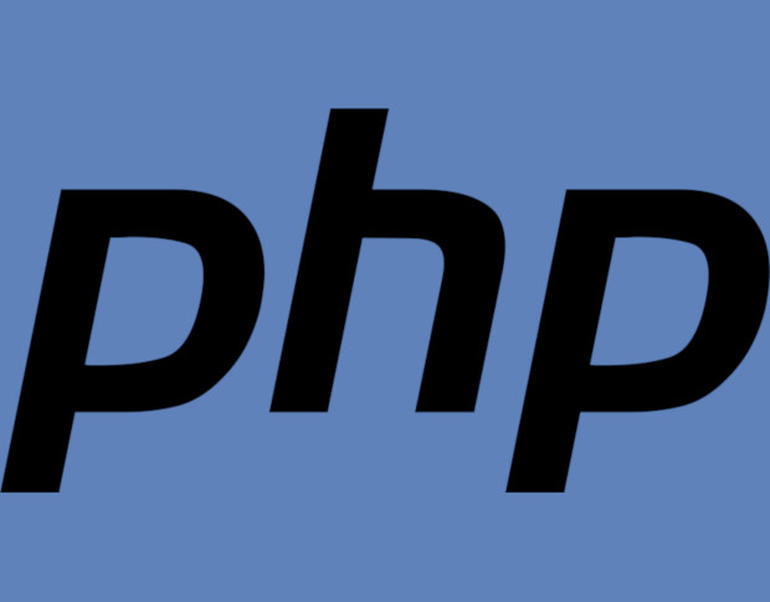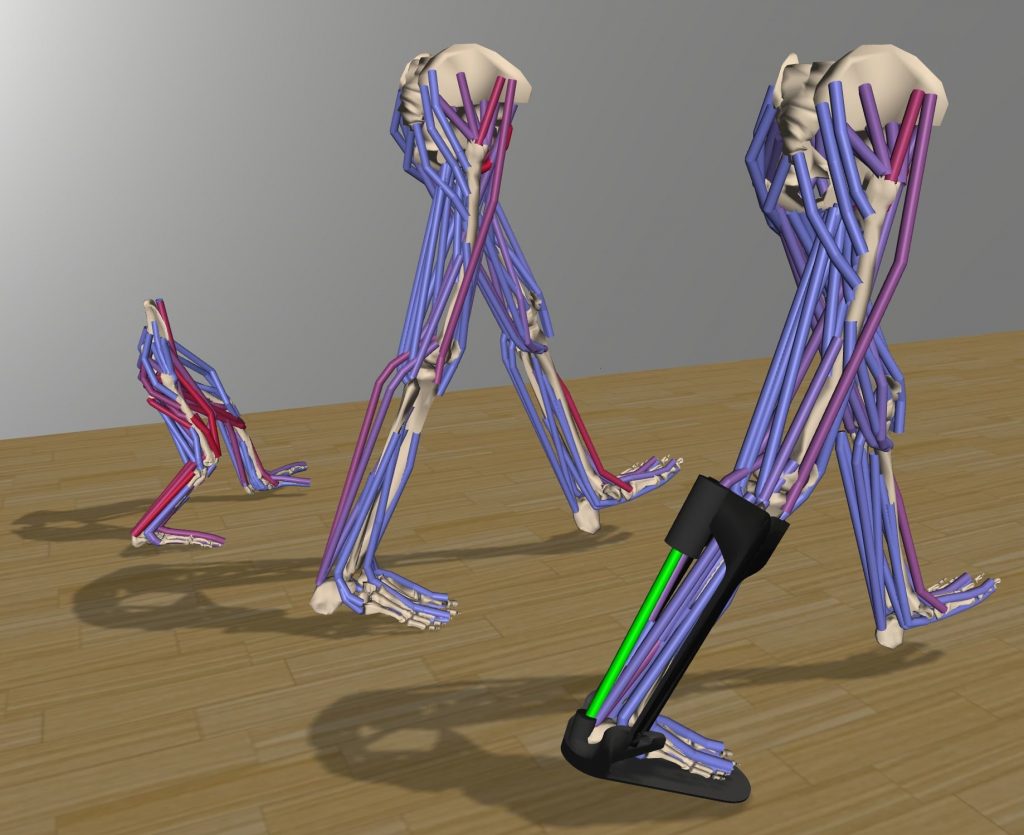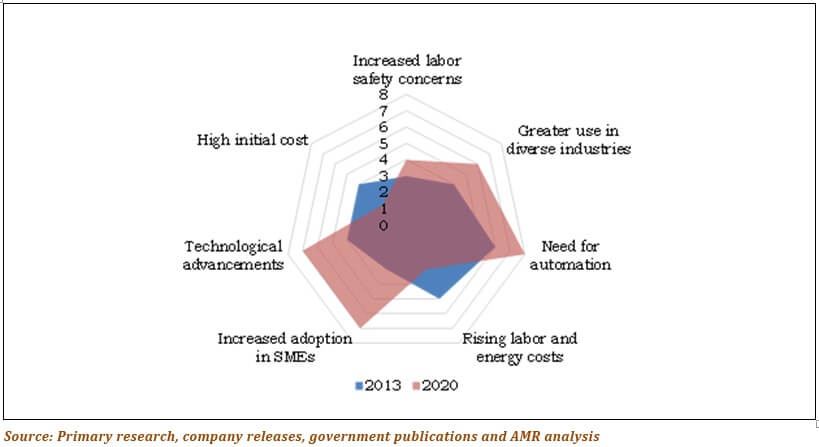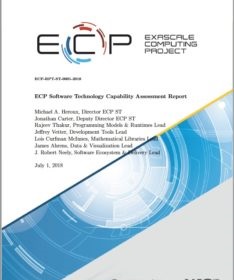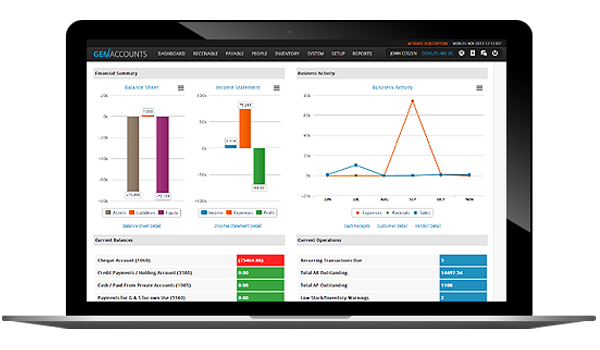
Credits : Markets.businessinsider
According to a new market report published by Transparency Market Research, the global accounting software market was valued at US$ 5,715.9 Mn in 2017 and is expected to reach US$ 11,771.6 Mn by 2026, expanding at a CAGR of 8.6% from 2018 to 2026. According to the report, North America was a prominent contributor in terms of revenue to the global accounting software market in 2017. This is primarily due to the integration of accounting software with smartphones, tablets, and computers across the region.
Demand for compelling user-interfaces is driving the global accounting software market
Most accounting software/systems currently in use are becoming obsolete as they lack technological competitiveness, as compared to the new comprehensive models that possess the ability to take care of various operations simultaneously. This creates a favorable environment for the overall expansion of the accounting software market, in terms of an upgrade.
Accounting software tops at analyzing business practices, and it helps rapidly identify cash flows in an operation. It is a software that manages all financial transactions and has extensive data at its disposal in order to generate various reports. The reporting options are virtually unlimited, depending on the type of software that is used. Additionally, using accounting software also helps save money and time and offers valuable insights into the business. Furthermore, a significant expectation from accounting software presently is that the user-interface needs to be more engaging and is expected to provide a near consumer-like experience. This is a key factor that is anticipated to boost the accounting software market.
Accounting Software Market: Scope of the Report
The global market for accounting software can be segmented based on deployment, software type, application, enterprise size, industry, and geographic regions. In terms of deployment, the market can be classified into Software as a Service (SaaS), on-premise, and hybrid. The Software as a Service (SaaS) segment is anticipated to hold a prominent share of the accounting software market, in terms of revenue, by the end of 2018. Based on software type, the market can be divided into commercial off-the-shelf, enterprise accounting software, custom accounting software, reconciliation, and tax management.
The enterprise accounting software segment is projected to hold a notable share of the market by the end of 2018. However, the tax management segment is estimated to expand at a significant pace during the forecast period. Furthermore, based on application, the global accounting software market can be categorized into payroll management systems, billing & invoice system, enterprise resource planning systems, time & expense management systems, and others. The time & expense management systems segment is expected to expand at a significant growth rate in the near future. In terms of enterprise size, the market can be classified into small and medium, and large enterprise.
The large enterprise segment is likely to account for a major share of the market during the forecast period due to the fact that large enterprises prefer accounting software as compared to the traditional accounting methods, as it saves time and accounting can be performed easily with less manpower. Based on industry, the accounting software market can be split into banking, financial services, and insurance; telecom and information & technology (IT); manufacturing, construction, wholesale distribution, non-profit organizations, chemicals, food and beverage, and others. The banking, financial services, and insurance segment is expected to hold a considerable share of the market during the forecast period.
Global Accounting Software Market: Competitive Dynamics
Players in the accounting software market are partnering with other technology companies in order to expand their market presence. The global accounting software market includes different players such as Oracle (NetSuite), Sage Group Plc., Workday, Inc., Zeta Software LLC, Infor, Inc., Microsoft Corporation, SAP SE, Intuit Inc., Epicor Software Corporation, Xero Ltd., Red Wing Software Inc., Zoho Corporation, MRI Software, AccountMate Software Corporation, and Acumatica Inc.
The accounting software market has been segmented as below:
Market Segmentation: Global Accounting Software Market
By Deployment
- Software as a Service (SaaS)
- On-Premise
- Hybrid
By Software Type
- Commercial off-the-shelf
- Enterprise Accounting Software
- Custom Accounting Software
- Reconciliation
- Tax Management
By Application
- Payroll Management Systems
- Billing & Invoice System
- Enterprise Resource Planning Systems
- Time & Expense Management Systems
- Others
By Enterprise Size
- Large Enterprise
- Small and Medium
By Industry
- Banking, Financial Services, and Insurance
- Telecom and Information & Technology(IT)
- Manufacturing
- Construction
- Wholesale Distribution
- Non-Profit Organizations
- Chemicals
- Food and Beverage
- Others
- About Us
Transparency Market Research is a next-generation market intelligence provider, offering fact-based solutions to business leaders, consultants, and strategy professionals.
Our reports are single-point solutions for businesses to grow, evolve, and mature. Our real-time data collection methods along with ability to track more than one million high growth niche products are aligned with your aims. The detailed and proprietary statistical models used by our analysts offer insights for making right decision in the shortest span of time. For organizations that require specific but comprehensive information we offer customized solutions through adhoc reports. These requests are delivered with the perfect combination of right sense of fact-oriented problem solving methodologies and leveraging existing data repositories.
TMR believes that unison of solutions for clients-specific problems with right methodology of research is the key to help enterprises reach right decision.
This article is shared by www.itechscripts.com | A leading resource of inspired clone scripts. It offers hundreds of popular scripts that are used by thousands of small and medium enterprises.
